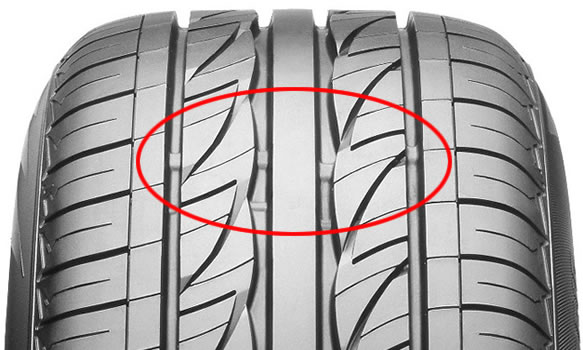Heading off for a holiday? You’ve made your reservations, planned the routes and had the car checked out. Done? Not quite yet. Have you acquainted yourself with the tyre laws in UK and the rest of Europe? Is your answer “No”? Then you must stop whatever you’re doing at the moment and read this right NOW!
It is of utmost importance that you stay on the right side of the tyre laws before you head out on to the streets. These laws are in place to ensure you get the best performance from your tyres as well as to ensure utmost safety of the passengers. So it’s best that you adhere to the rules for a safe and happy journey.
What You Need to Know about UK Tyre Law
As per the tyre laws laid down in the UK, you are required to fit your vehicle with the correct type and size of tyre depending upon the vehicle type and purpose. This means that you need to take into account the manufacturers or your tyre consultant’s recommendations regarding air pressure and fitting of the tyres for your vehicle.
As per the law, the legal limit set for the minimum tyre tread depth is 1.6 millimetres around the central three quarter portion of the tyre. If your tyres are worn out past this legal limit, they will be considered unsafe and illegal. This is particularly risky in extreme cold weather with conditions of sleet and snow. Hence for safety reasons, most tyre consultants will recommend that you replace your tyres when they reach about 3 millimetres to avoid any hassles when you reach the legal limit.
Having a set of tyres which are worn past 1.6 millimetres will increase the braking distance of your vehicle by about 2 car lengths more than normal. Ensuring the correct tread depth can help you avoid unnecessary penalty points and fines.
Some countries in Europe have a minimum tyre tread depth of 4mm on cold weather tyres. So in case you are planning a long holiday, it is best if you check what the legal limit is in the place you plan to visit.
Another legal requirement for tyres in the UK is to ensure that tyres of varied construction type are not fitted on the opposite sides of the same axle. Tyre types are available in either radial or cross-ply. You need to ensure that these types are not combined together on the same axle, i.e. one axle can have only radial tyres or cross ply tyres on both ends. However it may be permissible to mix two different brands of tyres on the same axle as long as they are of the same construction type.
Get Your Facts Right
Before you begin your drive, check the requirements of your vehicle to ensure that you aren’t breaking any laws. You can check the handbook or ask your tyre consultant for fitment details of the tyres on your vehicle.
Let us know if you have any other specific queries and we would be happy to help.
By Azzam Sheikh
Written by Azzam Sheikh, a tyre specialist and consultant at Tyre Shopper, UK. Azzam loves sharing his knowledge about tyres and cars.
















